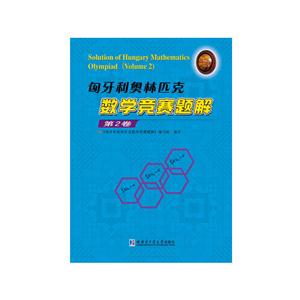
作者:裴东光主编
页数:159页
出版社:北京体育大学出版社
出版日期:2018
ISBN:9787564427351
电子书格式:pdf/epub/txt
内容简介
本书收录了8篇英文奥林匹克学术论文, 内容包括奥林匹克历史、奥林匹克与政治、奥林匹克与教育、奥林匹克与市场营销、奥林匹克与人文精神、奥林匹克理念等方面的研究成果。8篇论文的作者是长期从事奥林匹克研究的学者, 他们分别是在加拿大、美国、中国高等院校任教的教授和博士。该书可做为奥林匹克研究学者奥林匹克研究的文献资料, 高校奥林匹克双语课学生的阅读材料, 博士、硕士研究生学习英文论文写做的参考资料。
作者简介
裴东光(1960-)男,北京人,首都体育学院教授、硕士生导师。1992年赴加拿大西安大略大学奥林匹克研究中心留学,1995年获得硕士学位.1996年归国,2004年被接纳为国际奧林匹克历史学家学会成员。主要从事奥林匹克研究。
目录
节选
《奥林匹克研究英文论文集(英文版)》: Sexuality and the Body at the Turn of the 20th Century The shifting polarities of public (un)acceptance and private indulgence with regards to sexual matters in the fictorian era resulted in an increasing centrality of the body in society at the turn ofthe twentieth century. With the preoccupation ofthe ruling classes over covering the form, and the public repression of physical desires throughout the conservative nineteenth century, the body constituted somewhat of an absent presence. Concomitantly, during this period, the trade in pornography (both in the form ofliterature and pictures) expanded as a widespread (albeit clandestine) and lucrative commercial enterprise.4 In the relatively liberated era that emerged at the end of the nineteenth century, these inherent tensions of the Victorian period began to resolve themselves, as the body became gradually more visible in several areas ofpublic, social life, particularly through sport. Sport and exercise was an area in which medicine had a highly influential voice, particularly with regards to the participation of females.5 As the literature amply demonstrates, by the turn of the century medicine had assumed a central role in society with respect to the notion of health. Further, the increasingly hedonistic attitudes encouraged by consumerism, in part encouraged people to take interest in the improvement of their own bodies, both from a health and an aesthetic perspective. This is evident in the emergence of periodicals such as Health magazine and Physical Culture in the late 1800s. This phenomenon of physical culture saw a dovetailing of two of the key revolutions at the turn of the century: the rise in consumer culture (and thus the increased importance on appearance and material goods), and the emerging focus on the body. Within the Vaudeville circuit, Eugene Sandow contributed immensely to the phenomena of displaying well-muscled men’s and women’s bodies in public.6 Performing feats of improbable strength in his shows, Sandow captured the public imagination and hunger for the spectacle – an interest also evident in the World Expositions during the same era7 and the popularity of his shows demonstrated an increasingly liberated expression of sexual desire towards both male and female models. Indeed, Sandow posed nude for photographs as well as offering private exhibitions after his regular performances. Originally held on a small-scale, Iocal basis at the end of the nineteenth and beginning of the twentieth century, the beauty pageant was first formalized as the Miss America contest in 1921 in Atlanta.8 The winners of this contest, typically celebrated esmall, passive, non threatening women’9 and, according to Hamlin, the beauty pageant represented a backlash to the growing independence of females in society and served as a means of controlling women and encouraging the prevalence of the traditional, passive model of womanhood, as opposed to the newly emerging ‘Flapper’. Whist the body was gaining a newfound place in society at the beginning ofthe twentieth century; the possibilities for the forms that the body could take on were narrow and gender-specific. This objectification and the encouraged centrality of the sexualized, waif-like female body were evident also in shows such as the Ziegfeld Follies and, later, the Aqua Follies. Additionally, a well established underground trade in erotic pictures demonstrated that bodies were also becoming increasingly visible. ……















